It’s a bit like entering a dream, one of beauty and culture, where poverty, pain, and any other of the world’s cares and concerns have been banished. Here, opulence is the standard, creativity and imagination are celebrated, and the very finest fashion, food, art and architecture are always around the next corner. The Portland Art Museum’s spectacular exhibit, Paris 1900: City of Entertainment captures the Gallic capital during the legendary Belle Époque, a magical period of great prosperity and artistic achievement in France, specifically at the time of the International Exposition of 1900. People from across the globe attended the massive fair, sampling the best restaurants, nightlife, clothiers, and museums Paris had to offer.
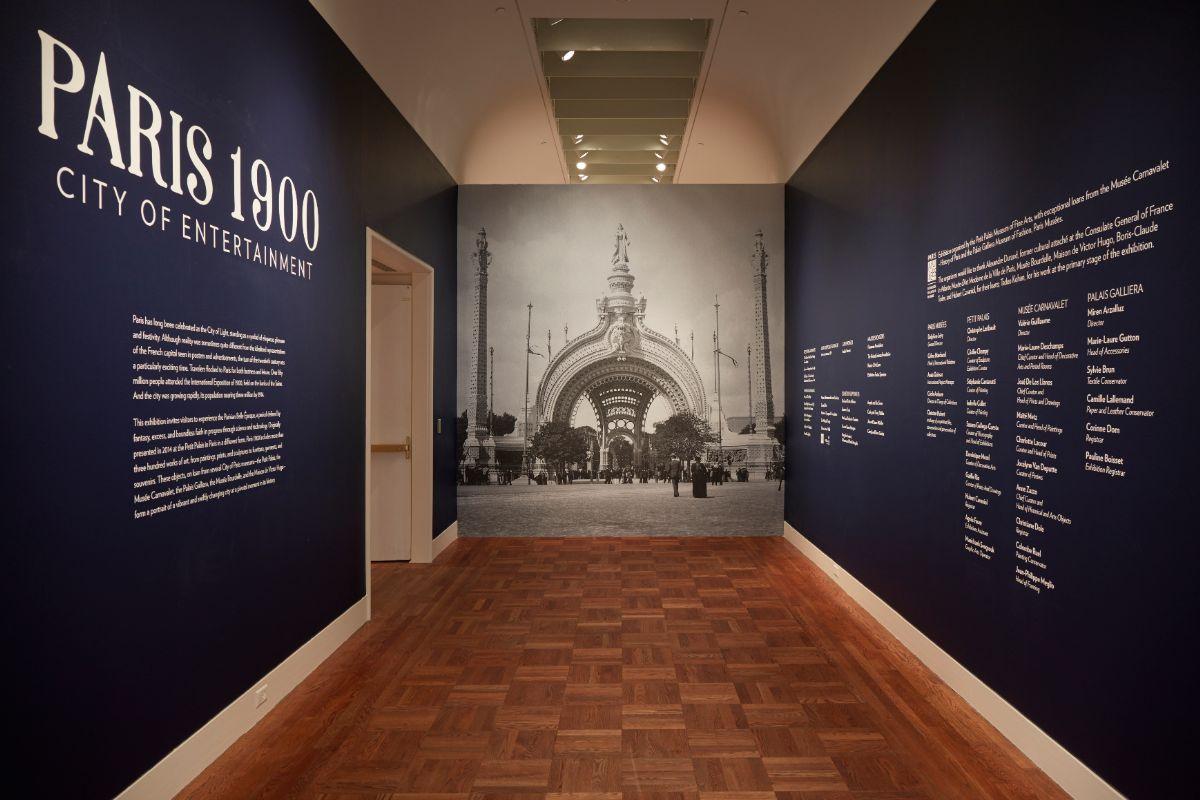
Paris 1900: City of Entertainment, which will run until September 8—although one might wish it would never end, so it would be possible to see it again and again—focuses one entire, gorgeous gallery on Art Nouveau. It was a crucial, if not obligatory, inclusion, according to Portland Art Museum Curator of Prints and Drawings Mary Weaver Chapin, PhD. “Art Nouveau was the dominant design vocabulary around 1900,” she says, “and was seen in everything from architecture to decorative objects to fashion and furniture. It is one of the defining styles of the turn of the century, so it was important to showcase this inventive and flexible style.”
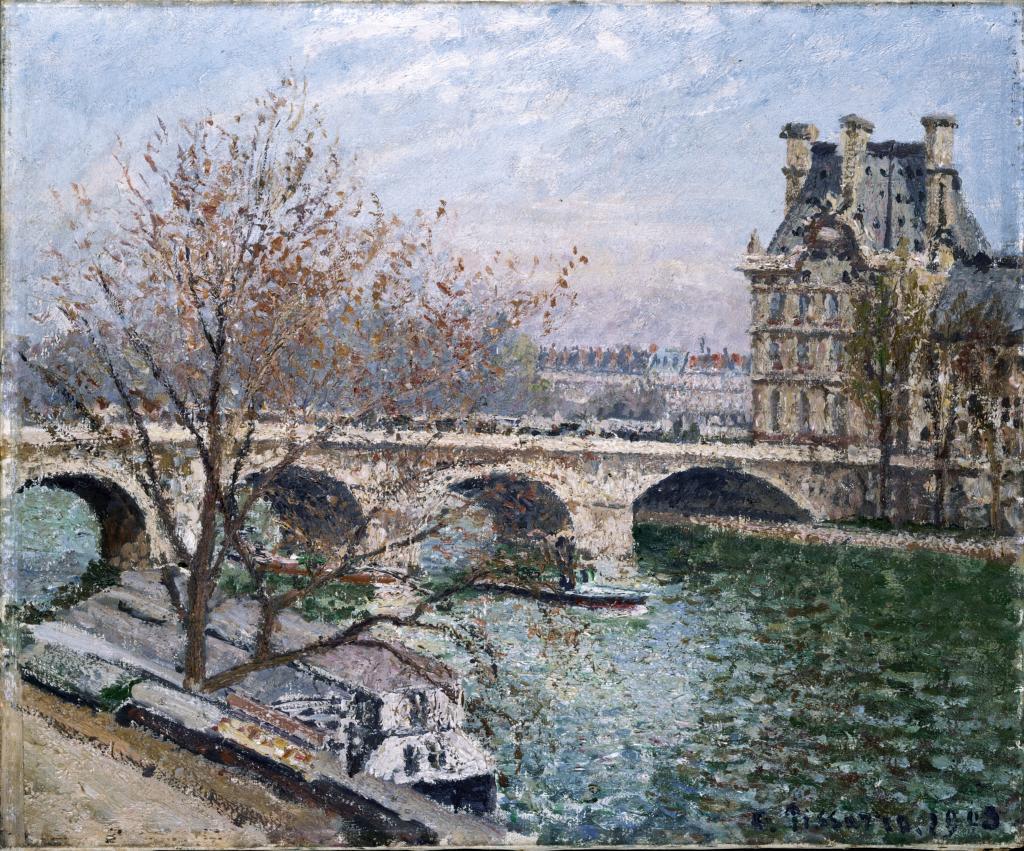
All of the exhibit, which the museum is presenting in partnership with Paris’s Petit Palais Museum of Fine Arts, is a delight. Rooms explore the era’s glittering glamour and lush, sensual loveliness with more than 200 items on loan from nearly a half-dozen of that city’s art institutions, including stunning works from Pissarro, Rodin, and Toulouse-Lautrec (see below). But the exhibit’s highlight may be the Art Nouveau gallery. The design aesthetic was beloved in Paris, and it hit its zenith shortly after the International Exposition.
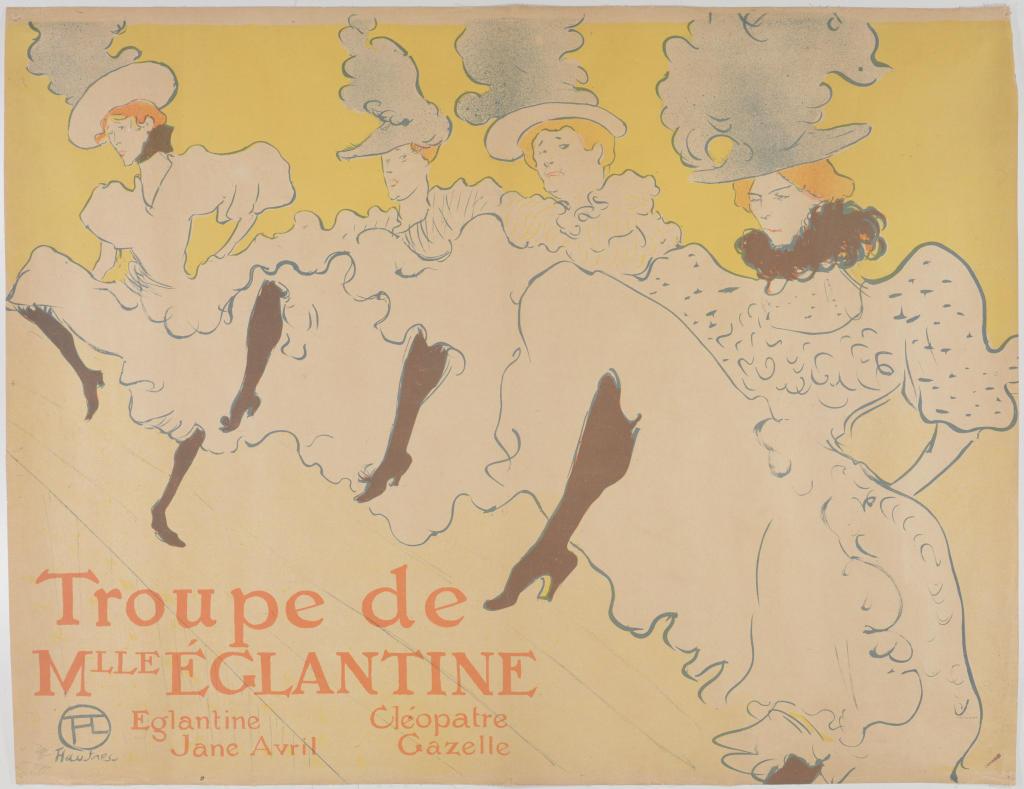
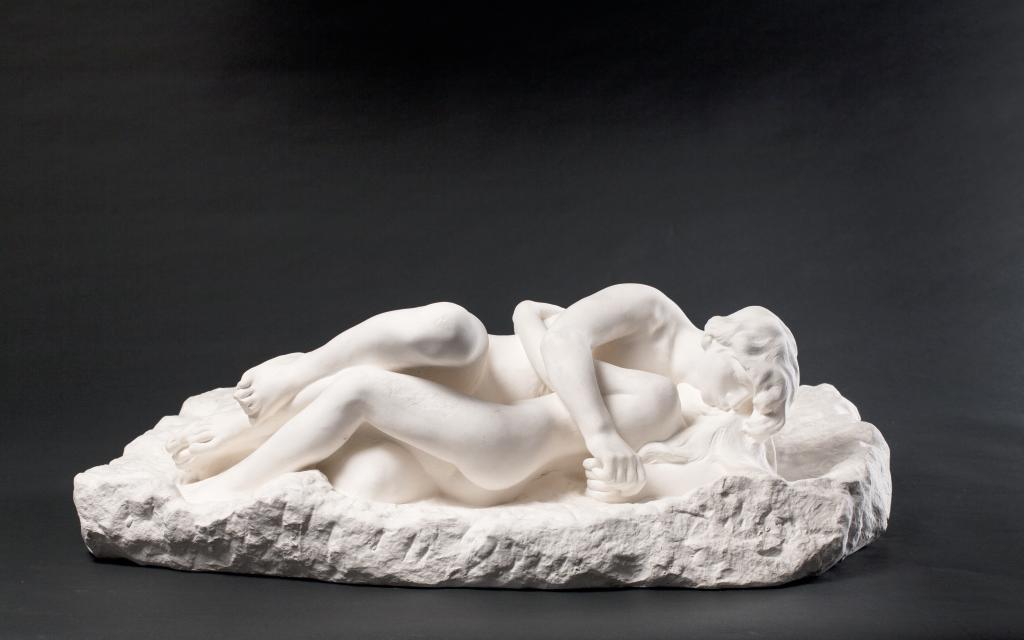
“Art Nouveau was found throughout Paris and the Exposition Universelle—in architecture, jewelry, graphic arts, and in the sculptural entrances to the newly constructed subway,” Chapin says. “Nearly 51 million visitors attended the Fair, and their exposure to this style helped spread its popularity. Keep in mind, however, that Art Nouveau was an international style, so many visitors arrived in Paris with some prior knowledge of this style or its regional variants. After a quick rise to fame, Art Nouveau quickly fell out of fashion by about 1910.”
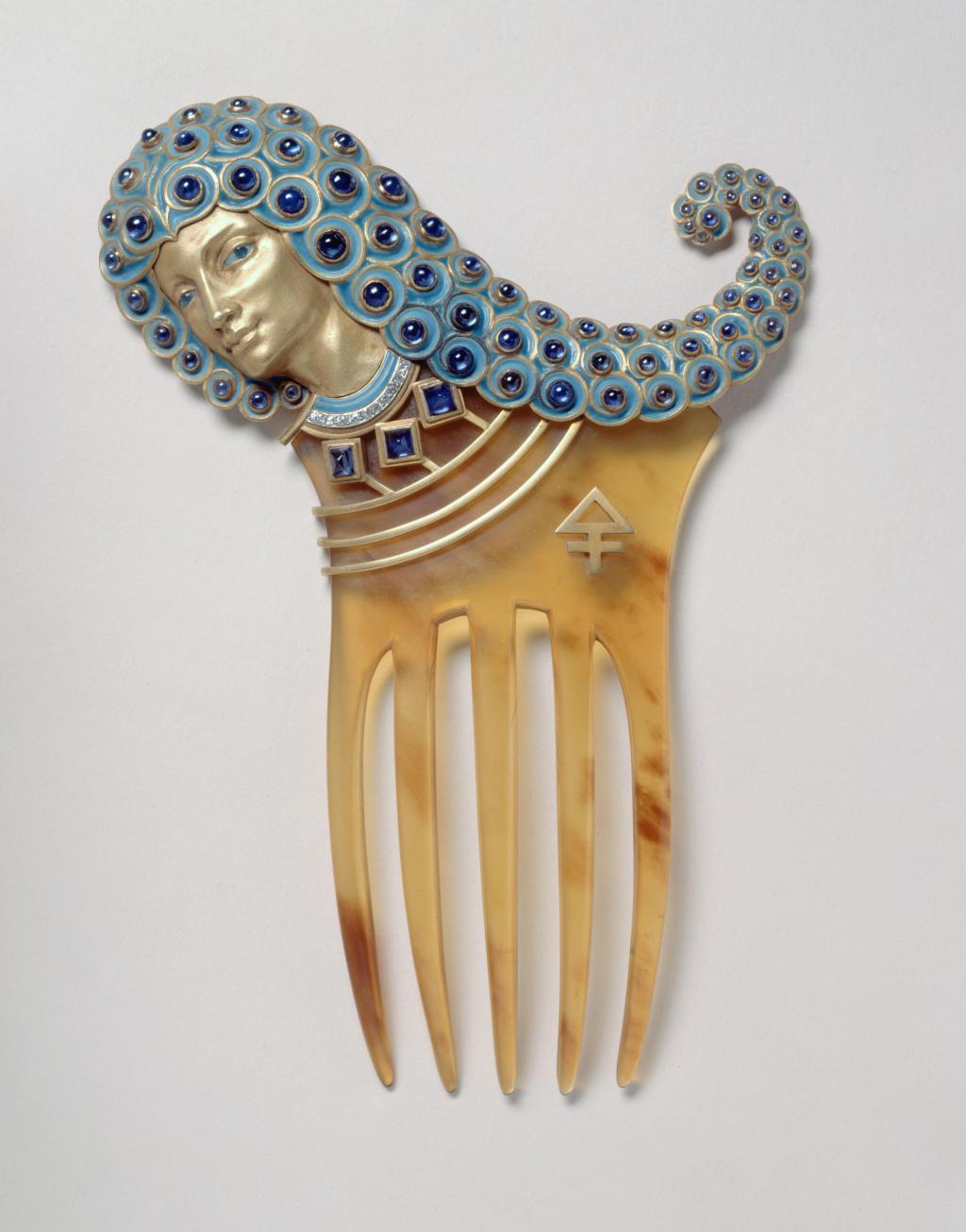
Among the exhibit’s exquisitely curatored array of some of the style’s most show-stopping works is “Assyrian” Comb, by Eugène-Samuel Grasset, Paul Vever, and Henri Vever, who exhibited 20 pieces at the Fair. An exceptional example of Art Nouveau’s predilection for morphing ordinary objects into magnificent works of art, this woman’s hair comb is transformed with the use of precious metals and gems.
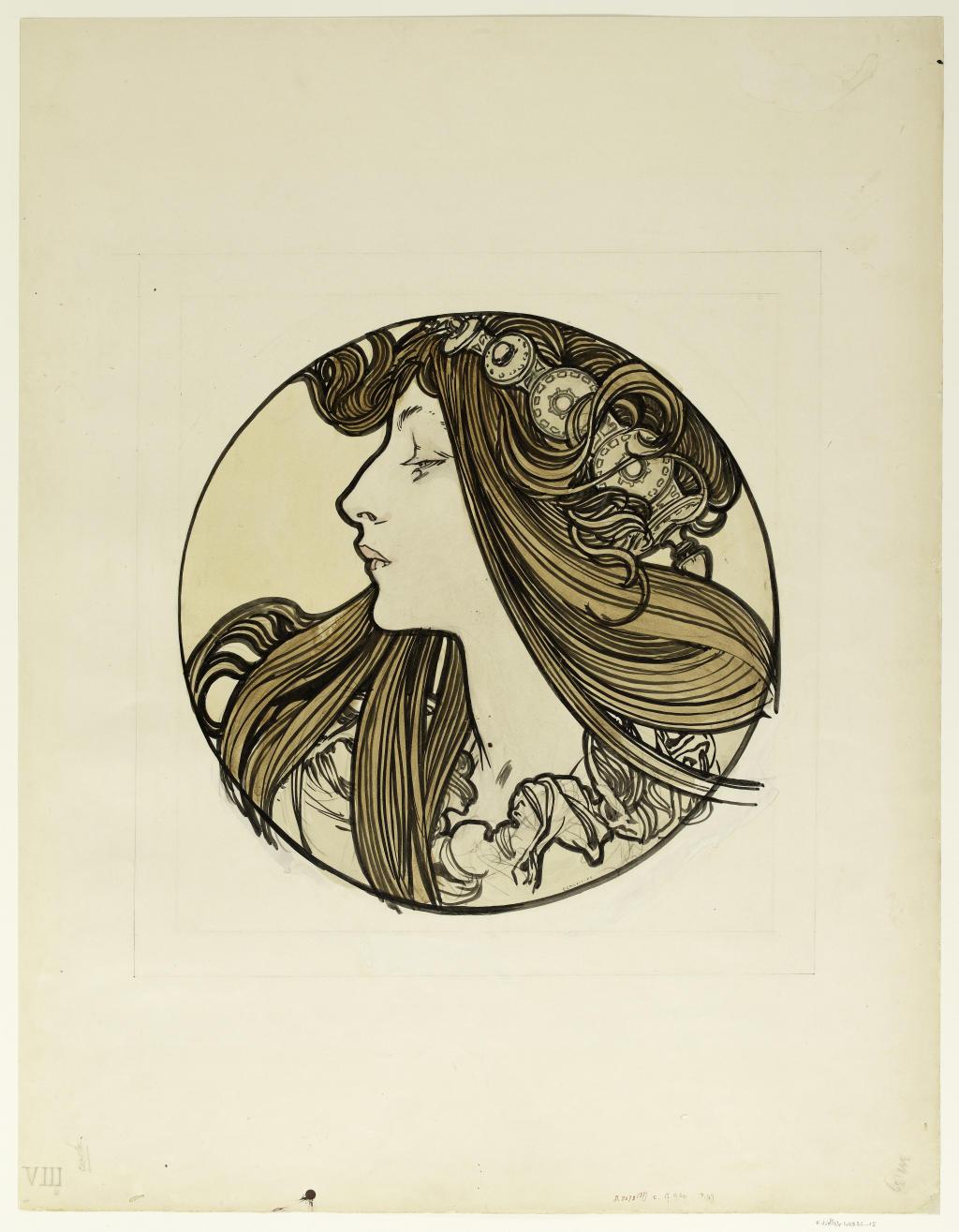
One of the style’s most famed artists, Alphonse Mucha, is well-represented by work including the lyrical drawing of a woman’s head, Design for a Stained-Glass Medallion on the Facade of the Fouquet Jewelry Shop.
Also featured is furniture by Hector Guimard, which Chapin cites as among her favorite objects, along with “the Night Coupe by Eugène Feuillâtre—a beautiful vessel decorated with creatures of the night: moths and bats. I am also captivated by the superb craftsmanship of the Waterfall Pendant by Georges Fouquet, Alphonse Mucha, Charles Desrosiers,” she adds.
Admirers of Art Nouveau have of late received a bounty of blessings, as detailed in the latest issue of Enchanted Living. In addition to the Portland Art Museum’s show, a large, permanent Art Nouveau exhibit just debuted in Wiesbaden, Germany, and various new hotels and public spaces are highlighting the design aesthetic. But why does Art Nouveau seem to be experiencing a Renaissance now?
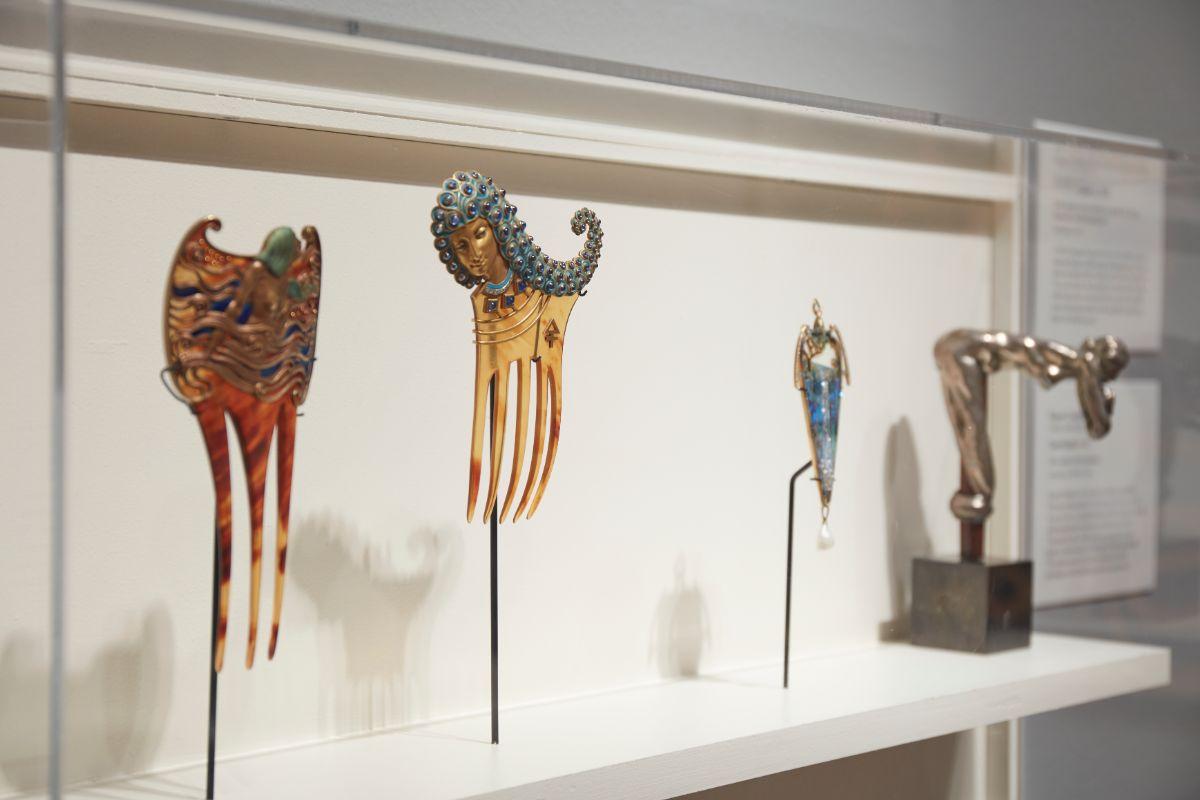
“It is hard to say what drives changing interest in styles,” Chapin says. “Perhaps, in our highly automated and machine-crafted world, people are attracted to the unique, hand-made qualities of much of Art Nouveau design.”
For more information about Paris 1900: City of Entertainment, and other exhibits at the Portland Art Museum, visit portlandartmuseum.org.




























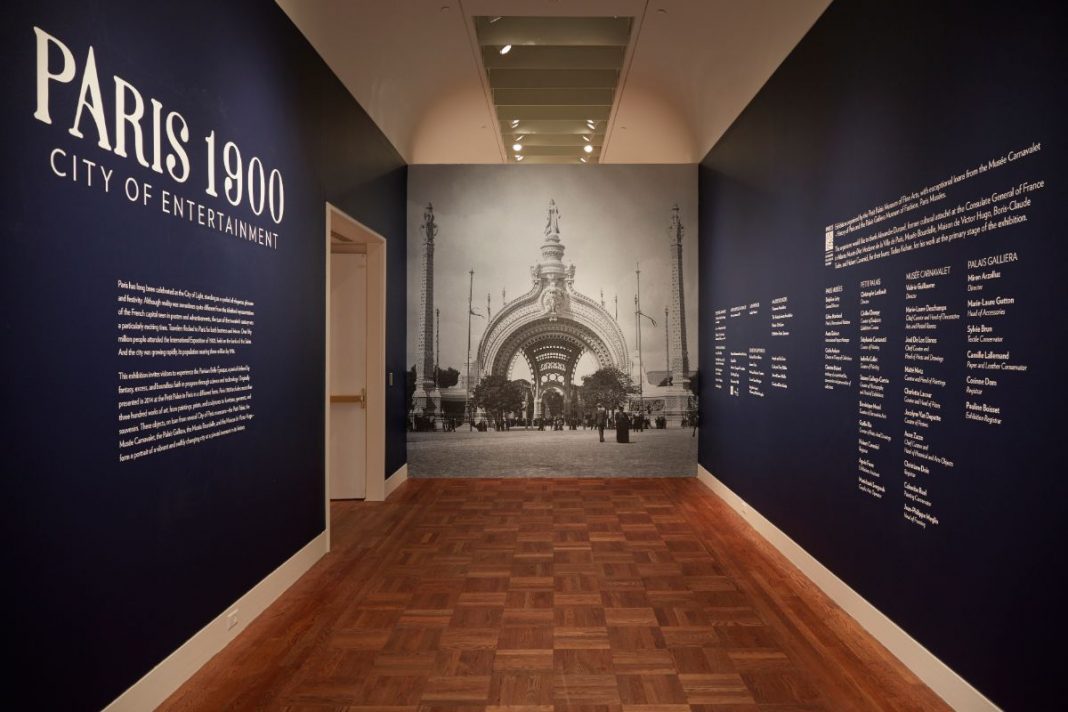





Nice